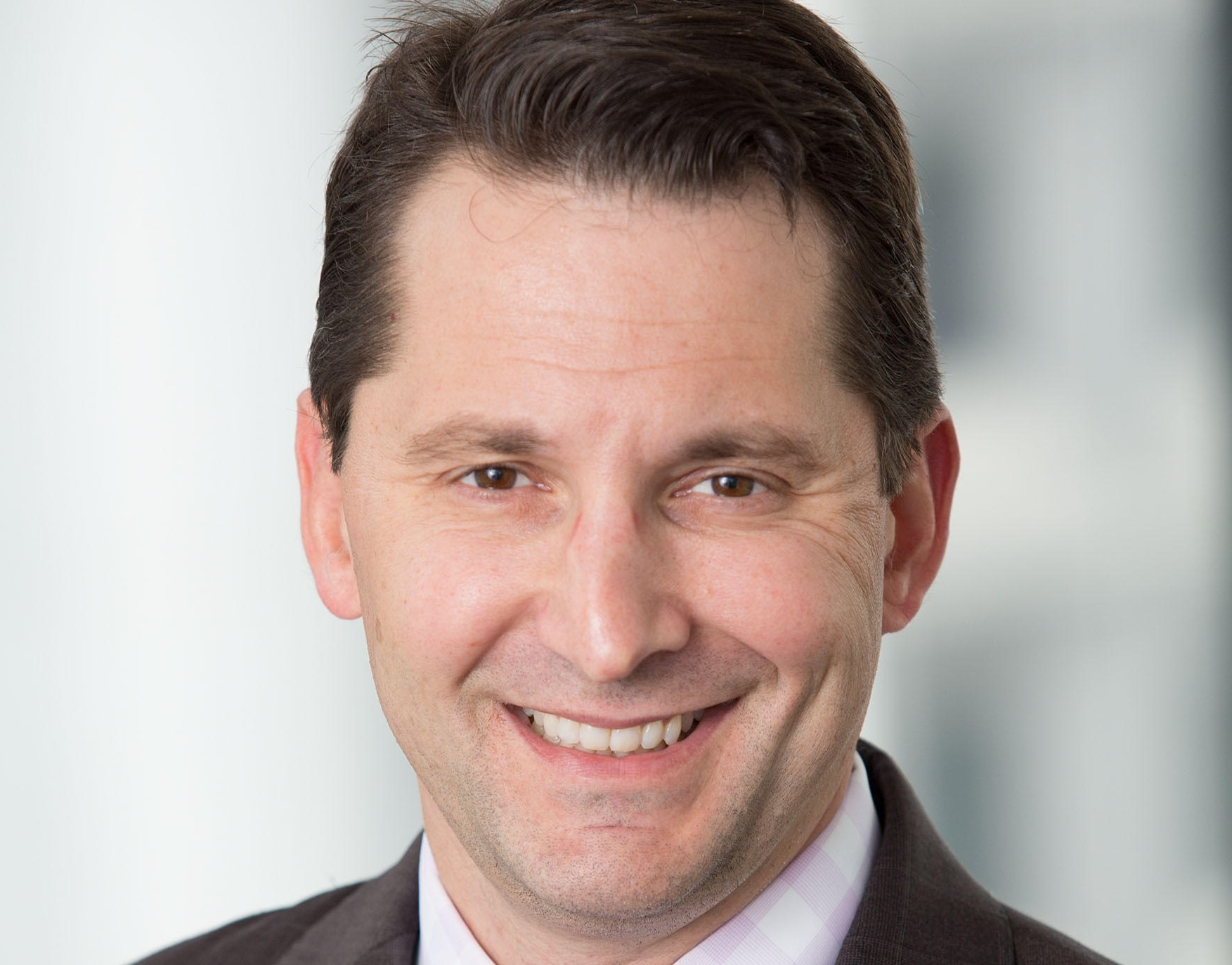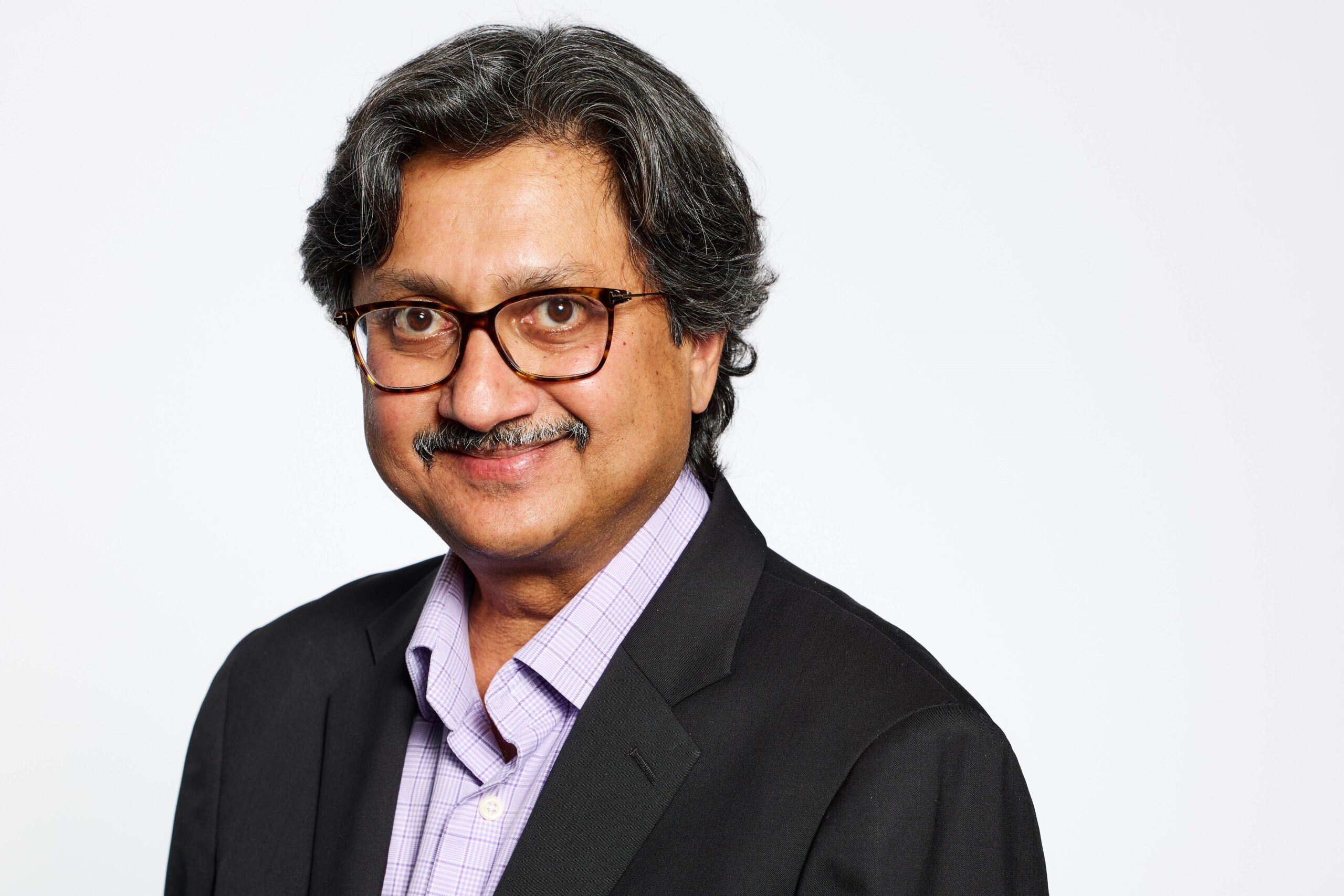Intuit CTO keeps 8000 engineers on track with a base platform of common services

Intuit CTO Alex Balazs has been at the company for over 25 years, and during that time, he’s seen the organization shift from a set of mostly consumer-focused financial tools to one that serves both consumer and business users. He’s also seen his own role change from individual contributor engineer to a person who manages a vast department of over 8000 engineers at a company with a market cap of almost $170 billion.
One of the biggest challenges he faces is balancing the two sides of the business while building AI-fueled products and finding ways to battle technical debt that a 40+ year old company like Intuit, built on top of multiple acquisitions, is bound to face.
Balazs, who joined the company way back in 1999 as a senior engineer, doesn’t shy away from these challenges. From a technology perspective, one of the ways he bridges any gaps between his consumer and business products is by building a set of base services that every engineering team can access regardless of the audience, which he refers to as a company within the company.
“Our underlying platform provides access to the clean and authorized data, the concept of a shared identity, a shared AI platform, shared marketing platform, and so a shared customer success and sales platform and so on,” Balazs told FastForward.
But as the technology strategy leader, he needs to make sure that building and maintaining that platform doesn’t get in the way of the main mission, to build products for the company’s customers. He says they don’t want to slow down product innovation for the sake of building the platform and that’s something he needs to balance to enable the product teams to move faster.
“So we want to build a platform just in time, not just in case, so that is part of not just the yearly planning process, but the balancing that we do throughout the year to make sure that we're investing in the right place, the right kind of people, investing at the right level, so that you can leverage the platform and the product teams can move with speed,” he said.
Follow the map
Balazs keeps his staff on track using a concept called the City Map, which shows each product, the desired updates, who is responsible for what and where it fits with other products and projects across the company. He says the idea behind the map comes from fundamental engineering management approaches about organizing large engineering groups by domains, sub-domains and even sub-sub domains.
“What that allows you to do is to actually organize your engineering teams around different capabilities, which reduces duplication. It also creates expertise and competency and speed for those teams,” he said. But not only that, it allows other teams to see on the map where a given capability lives, who’s responsible for it and how they can actually contribute to those code bases, creating an extremely organized system.
Part of that is staying up-to-date, looking at ways to modernize, but not getting caught up chasing the next big thing without a focus on the customer. As Martin Brodbeck, SVP of consumer engineering at PayPal told FastForward last year, “At the end of the day, if it's not driving some kind of value for the consumer, then what's the point of doing it.”
For Balazs, that means making sure the platform gets updated as needed to deal with modern requirements like AI, a concept he refers to as hygiene, the care and feeding of the platform. “When you protect the hygiene budget, it allows you to have some top down mandates to say, we're going to upgrade to a new version of Java. We're going to upgrade to a new way of doing containers. We're gonna update to a new way of injecting AI into our product stack.”
Getting the engineering team involved
One way to do that is to get the engineering team involved in the modernization process. Balazs does that in several ways. It starts with a team dedicated to looking at developer tooling and keeping the team up to date.
“There's an explicit team who owns the engineering tooling, and it's their job to basically not just deliver the engineering tooling of today, but to be aware of what's going on in the future,” he said. As an example, the team has done a thorough review of coding assistants.
He also asks each engineer to dedicate some time to improving the tech stack. "For some of our bottoms up initiatives our engineers are encouraged to spend some percentage of their time basically improving the existing technology stack, rewriting old, crufty code, updating frameworks, whatever the case may be," he said.
Another way is through hackathons, a method that Databricks CIO Nasheen Zutshi uses to have engineering brainstorm ideas that have a direct impact on the business. Balazs has an even more sweeping approach looking at ways to update the tech stack, the tools they use, add functionality and come up with new product ideas.
“We have a twice a year engineering event that we refer to as global engineering days, where it's a week-long internal hackathon, and the engineers are basically told, work on whatever you want to work on,” he said. A lot of innovative ideas come out of these hackathons.
The company also is constantly on the lookout for startups. Balazs has charged his product leaders to be on the lookout for the new, innovative companies that Intuit can learn from or target to partner with or even acquire. The company also has a group dedicated to looking at startups.
“We also have our corporate strategy group that is constantly on the lookout for business and technology partnerships and tuck-ins, and then also, we have relationships with certain VC firms, where, once in a while, we review their portfolios and see what their companies are doing, especially in spaces that we care a lot about like data, AI and Fintech,” he said.
Having been at the company for as long as he has, Balazs says he has taken ideas from every leader he has worked with along the way, and he hopes that makes him a better manager in his job running the engineering group at Intuit.
“It’s been a journey in vulnerability and transparency, where I had to make sure that I would take the best of everything I learned from every leader I ever worked for. But then in the end, I've had to do it my way,” he said.
Image courtesy of Intuit.





